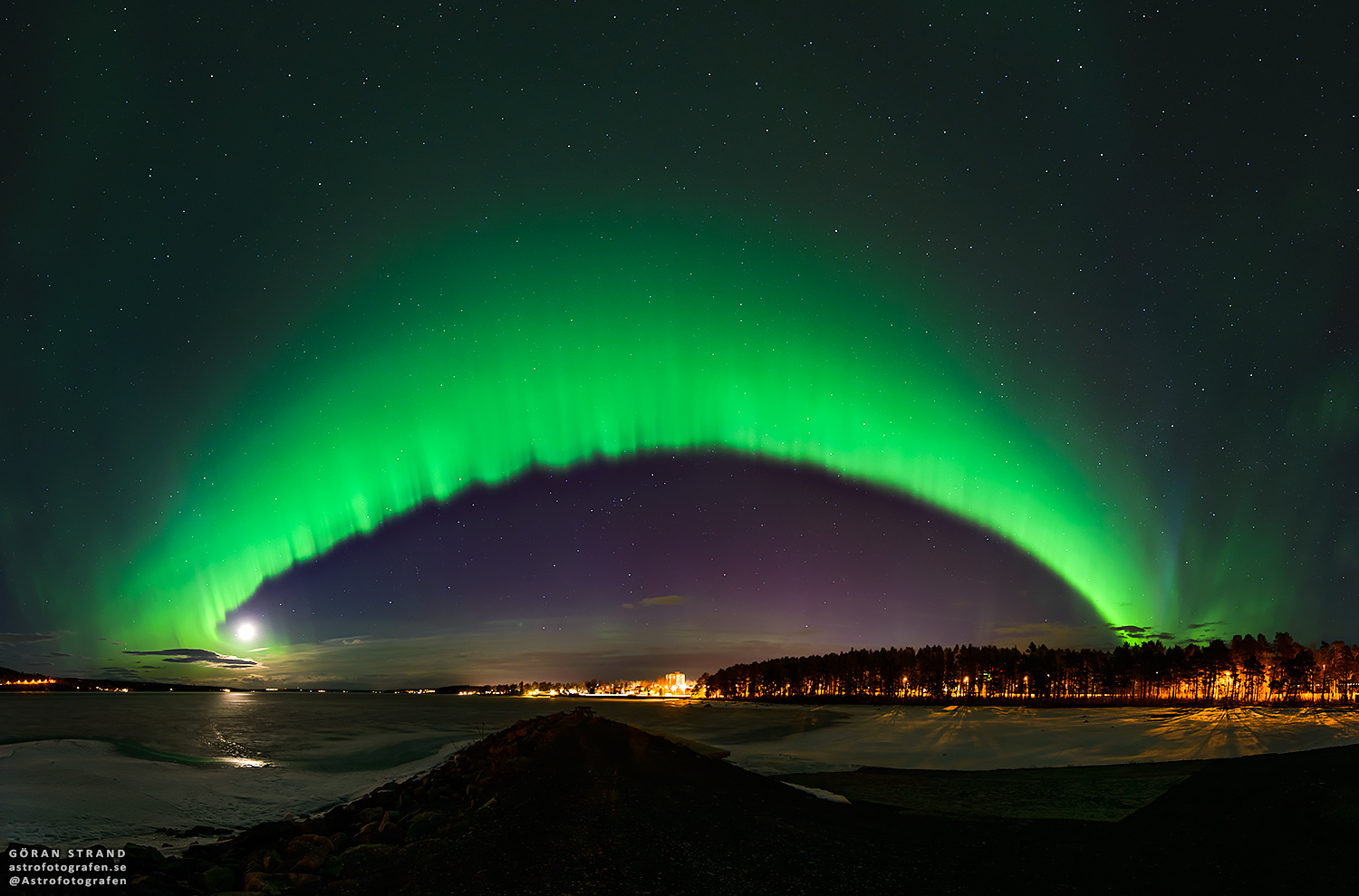

A panoramic view of McMurdo Station in the middle of winter with the Aurora Australis, the Milky Way, and the streaks of satellites in the night sky. Above 150 miles (240 km) ruby reds appear. Blue violet/reds occur below 60 miles (100 km), with bright green strongest between 60-150 miles (100-240 km). Displays may take many forms, including rippling curtains, pulsating globs, traveling pulses, or steady glows. What causes the colors and patterns?Ĭolors and patterns are from the types of ions or atoms being energized as they collide with the atmosphere and are affected by lines of magnetic force. And they occur at any time of the day, but we can’t see them with the naked eye unless it’s dark. In some areas, such as Alaska or Greenland, they may be visible most nights of the year. To view them, look in the direction of the closest pole (the northern horizon in the northern hemisphere, the southern horizon in the southern hemisphere). Occasionally, they have been seen closer to the equator, and even as far south as Mexico. Yes, although they are more frequent at higher latitudes and places like Alaska, Canada, and Antarctica, closer to the Earth’s poles. Prints & Photographs Division, Library of Congress. This is why scientists are so keen to understand the physics of aurora and solar storms, so we can predict when our technologies may be affected.” Northern Lights over fort at Sitka, Alaska. Odenwald further tells us “Aurora are beautiful, but the invisible flows of particles and magnetism that go on at the same time can damage our electrical power grid and satellites operating in space. These particles are boosted in energy in Earth’s upper atmosphere, and when they collide with oxygen and nitrogen atoms, they produce dazzling auroral light. These changes generate currents of charged particles, which then flow along lines of magnetic force into the Polar Regions. When a coronal mass ejection collides with the magnetic field, it causes complex changes to happen to the magnetic tail region. This field is invisible, and if you could see its shape, it would make Earth look like a comet with a long magnetic ‘tail’ stretching a million miles behind Earth in the opposite direction of the sun. If one of these reaches earth, taking about 2 to 3 days, it collides with the Earth’s magnetic field. Scientists call this a coronal mass ejection (CME). The origin of the aurora begins on the surface of the sun when solar activity ejects a cloud of gas. Sten Odenwald, author of The 23rd Cycle: learning to live with a stormy star (New York, Columbia University Press, c2001), provides insight into how northern lights are generated: Northern lights are also called by their scientific name, aurora borealis, and southern lights are called aurora australis. Polar lights ( aurora polaris) are a natural phenomenon found in both the northern and southern hemispheres that can be truly awe inspiring. LCDR Gary Barone, NOAA Corps (ret.), photographer. The northern lights, one of several astronomical phenomena called polar lights (aurora polaris), are shafts or curtains of colored light visible on occasion in the night sky.


 0 kommentar(er)
0 kommentar(er)
